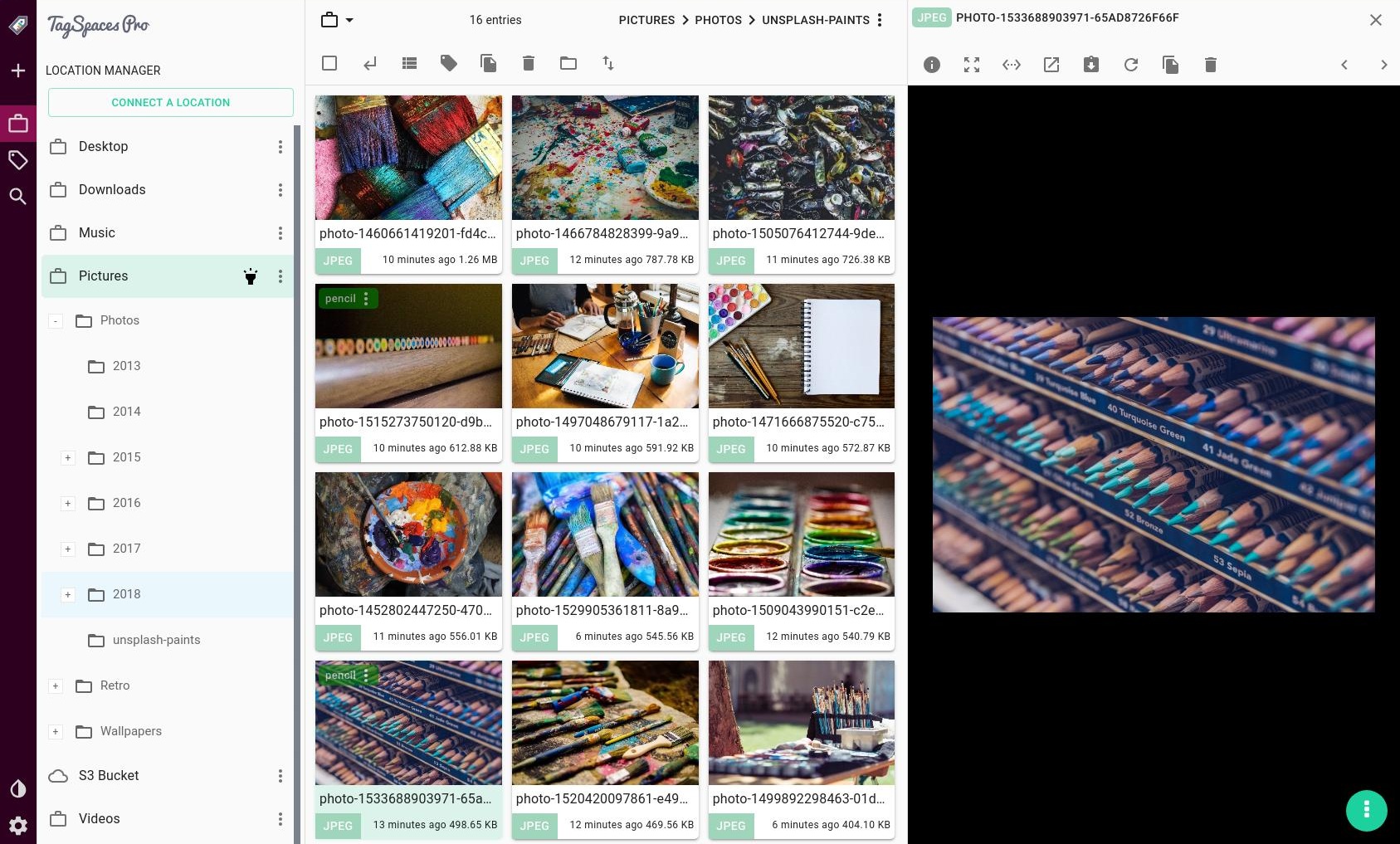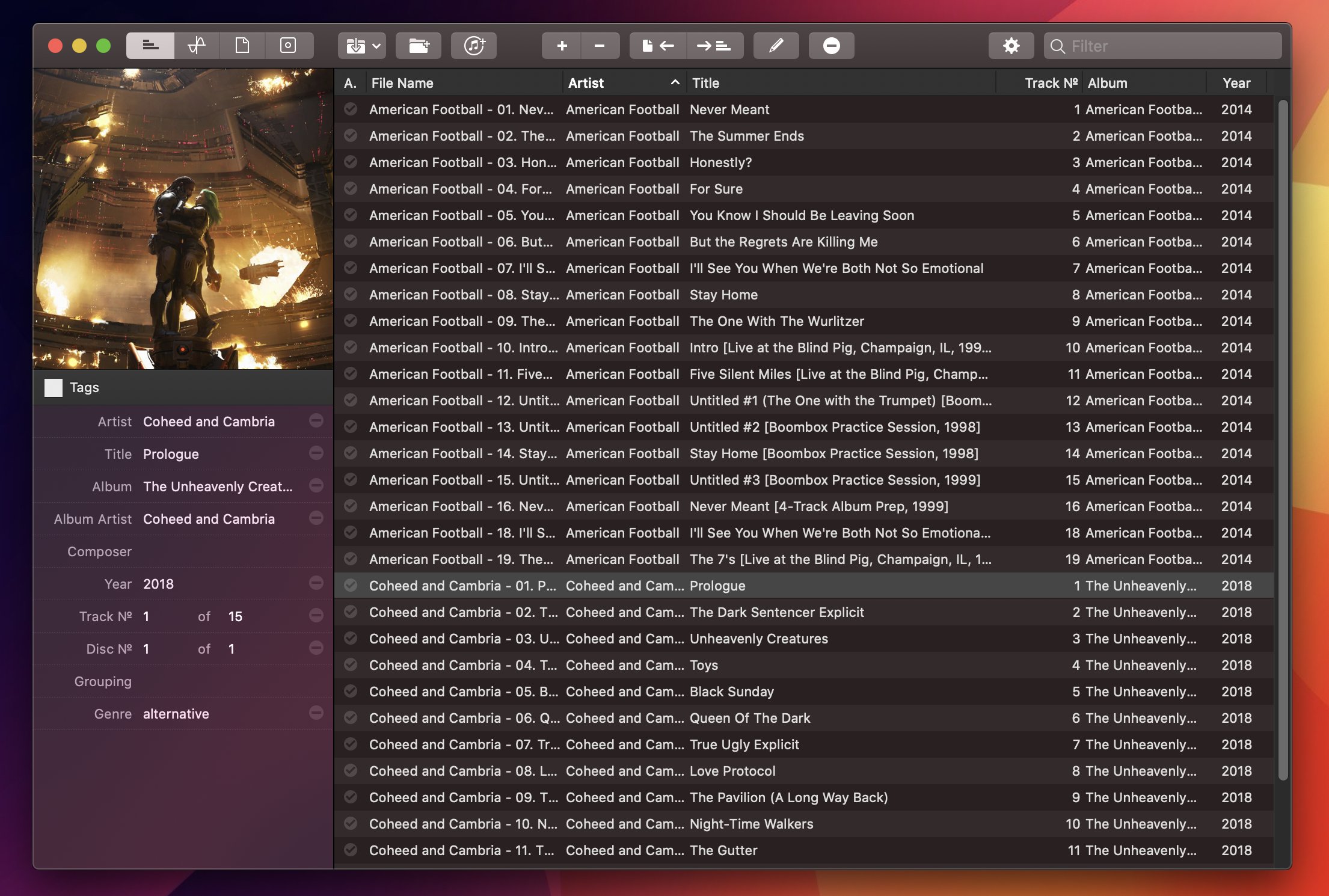
Instead of classic on-device installation, SaaS offers a cloud-based system for use via the internet and is used highly by researchers and planners across a variety of fields.

This is a hosted service allowing you store files online as opposed to on-premises.

This is where “software as a service” (SaaS) comes in. Perhaps your computer or laptop doesn’t have the capacity to make room for your ever-growing files. If you’re thinking about delving into the world of DAM software to manage your files, but you’re not quite sure where to begin then this guide will advise you on what to look for as well as some of our personal recommendations. You can even set parameters that allow permission to certain users (such as clients, employees, friends and family etc) making it great for receiving comments and feedback.

This is where DAM can make a huge difference to how you organise your assets to increase work productivityĭAM is also important for file safety, security and can even watermark your images for copyright protection (which is a common issue in the creative industries). Whilst it might seem easy at first to create new folders in ‘My Documents’, the more projects you create the harder it is to access and remember where they’re all stored and sorted. These assets could be documents, photos or videos (amongst many other file types). Just remember that if you do have GPS and geotagging data stored in pictures and you choose to share those pictures with someone else or post them online, technically anyone can retrieve the metadata and GPS coordinates of where the picture was taken.Digital Asset Management ( DAM) can be defined as highly efficient software that organises and process files whilst advocating collaboration and file sharing of your digital assets.
MAC SOFTWARE FOR IMAGE TAGGING MAC
And if you have other pictures elsewhere you wish to check this for, you’d want to import those image files into Photos app, or copy the pictures from an iPhone or camera to Photos app on Mac first. So there you have it, now you can quickly see all the geotagged pictures you have played out on a map for you within the Photos app. This can also offer a simple way to see a bunch of images that have GPS data if you want to remove the location data from the picture directly within the Photos app on the Mac, or if you want to know what image files should be passed through a Mac app like ImageOptim to strip the image files of EXIF metadata and GPS coordinates. You can also view EXIF data directly from Photos app, which will also show the geotagging information if relevant.
MAC SOFTWARE FOR IMAGE TAGGING HOW TO
How to See Map of All Geotagged Pictures in Photos for Mac If you removed location data from Photos on the Mac, otherwise routinely bulk strip GPS and metadata out of images for privacy reasons or compression purposes, or turned off geotagging and camera GPS on iPhone, you may not have geotagged image data to work with and thus wouldn’t have anything showing up in the Photos app.

This only works if you have pictures within the Mac Photos app that are geotagged with GPS data. While many privacy advocates don’t like geotagged pictures – particularly if the images are posted to the internet, social networks, social media, or any other broad service for the world to see – some users may find having precise location data within images to be useful. For some quick background, if an image is geotagged it will have embedded GPS metadata stored with the picture file to maintain a record of exactly where a photo was taken (or at least where an image was assigned a location for).


 0 kommentar(er)
0 kommentar(er)
